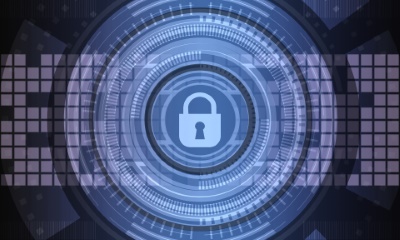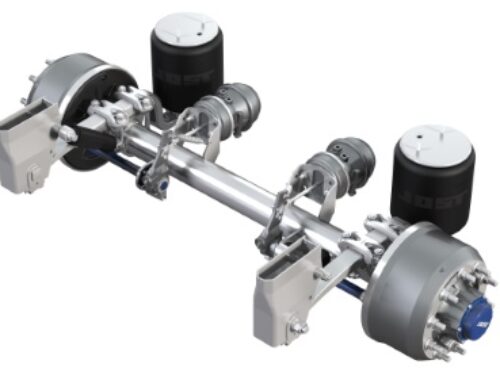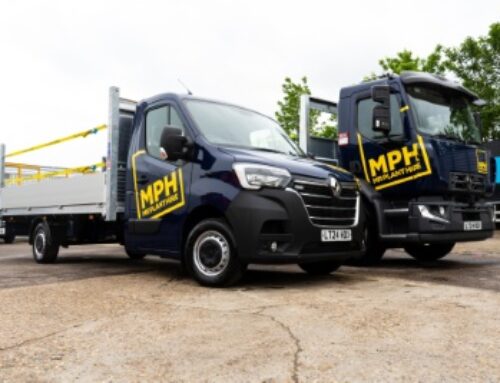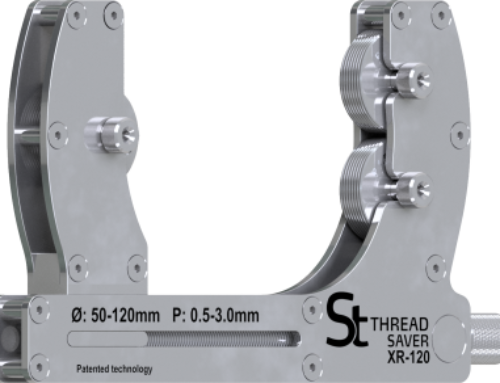Safeguarding vehicles with advanced telematics
 Steve Thomas, managing director of Inseego UK Ltd, explains how innovative technologies can work remotely to boost fleet security
Steve Thomas, managing director of Inseego UK Ltd, explains how innovative technologies can work remotely to boost fleet security
Telematics has long been an effective security solution, protecting vehicles and enabling recovery when a theft does occur. Whether it is tracking a stolen vehicle, creating geozones to detect and alert on unauthorised use, or using remote immobilisation to disable a vehicle, it provides added peace of mind to transport operators that its fleet is safe and secure.
However, as the technology continues to evolve, organisations are using it in new and clever ways to further safeguard vehicles and drivers.
Immobilisation and panic alarms
Immobilisation has long been a tool against vehicle theft, but with more recent developments there are a range of options available for different operational scenarios.
It can be combined with geozones or sensors to ensure vehicles are immobilised because of illegal movement or access. An even greater level of protection uses driver ID, meaning only authorised personnel could start or drive a vehicle.
Meanwhile, remote panic alarms offer added lone worker protection when a driver is away from the vehicle, especially when operating in remote locations, out of hours or after dark. There are multiple dangers when making a delivery or attending an appointment – such as assaults, attempted thefts or being struck at the roadside – so an integrated solution with telematics provides enhanced employee wellbeing and supports duty of care.
Multi-drop transport
In fast-paced transport operations – such as multi-drop delivery – vehicles are often left unattended with keys in the ignition, the engine running, and doors unlocked. With both the vehicle and cargo vulnerable to thieves in these instances, steps can now be taken to discourage opportunist criminals and reduce the security risks when stationary.
A high-pitched siren can be linked to the telematics system, which is triggered in the event of unauthorised opening of doors while the engine is running, including the rear and side loading doors. A notification can also alert a control room of an issue and the vehicle immobilised in the event of theft or hijacking.
Battery-powered tracking
Advances in battery-powered telematics is allowing transport operators to track non-powered assets including trailers, skips, portable equipment and even cargo.
They can take complete control of every aspect of their business using highly configurable, compact, and long-life battery solutions that can be easily fitted and concealed, whatever the tracking requirement.
 The latest devices use adaptive tracking to intelligently monitor movements and send live updates, while preserving battery life.
The latest devices use adaptive tracking to intelligently monitor movements and send live updates, while preserving battery life.
For example, they can detect motion and switch automatically to a fully-configurable live reporting mode to track vehicles and assets while active, returning to the ultra-low power mode when stationary. Advanced accelerometer and sensor technology ensures accurate unauthorised movement and tamper detection.
Vehicle cameras
The emergence of vehicle camera technology has led to transport operators exploring new applications beyond those associated with road safety, insurance fraud and claims management.
Live streaming enables alerts to be quickly investigated, with a fleet or transport manager able to confirm the safety of a vehicle or driver. The popularity of multi-camera solutions makes it possible to include well-placed devices to capture footage from at risk cargo areas or even fuel caps.
Advances in artificial intelligence and computer vision will also drive innovation in security applications. Moving forward, it is likely to be possible to define virtual exclusion zones around the vehicle using AI-powered vehicle cameras, while Human Behaviour AI may provide a means of automatically identifying suspicious activity and individuals.
The growing flexibility and functionality of telematics means that it can be tailored to cater for differing security environments. Cloud-based software can quickly process huge amounts of data to make it easier than ever to monitor and safeguard vehicles all through a single view interface.










